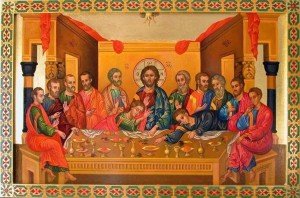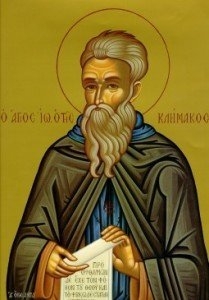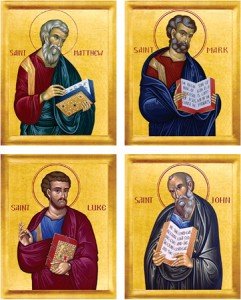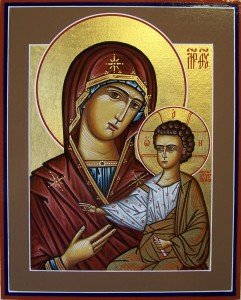I shared in the last issue that the sacramental act of anamnesis draws the Church into a transformative encounter with the risen Christ in the present. This occurs within the context of retrospection and anticipation. On the one hand, successive Eucharists connect the Church to Christ’s life, death and resurrection, the culmination of God’s saving acts in history focused on the Last Supper. On the other hand, through participation in the Eucharist the Church is called into the mission of God – building His Kingdom – which comes to fulfillment at the eschaton (i.e., the end time). Anamnesis has the capacity to facilitate the reintegration and reinvigoration of our conception of the relationship that exists between the historical, sacramental and ecclesial embodiments of Christ, and to do just to the past, present and future dimensions of the Eucharist.
I know that this might seem very dense and difficult to understand but I truly believe that it is important that we begin to think about what we do during the Divine Liturgy as a real and true encounter with Christ in the present moment so that we might have the courage to work to make God’s Kingdom real right now. We must remember, perhaps, that there is NO TIME in the spiritual dimension. For God and the spiritual dimension there is only the PRESENT MOMENT. I know that this is difficult for people to understand since we are so trapped in time and history. Remember, we only have a concept of time because our earth rotates around the sun and we have days and nights. (Its also funny that as we grow older, the idea of time becomes less important and seems to go faster or slower without any reference to the calendar or clock).
The concept of anamnesis helps us to understand the dynamics of retrospection and anticipation in the Church’s life, and the effects of encounter with the risen Christ in the present. The act of anamnesis looks back to a source event of the Church; through its present performance of that command the Church is formed in anticipation of the Lord’s coming again. The practice of Eucharistic anamnesis enables the Church to encounter the transformative fullness of the rise Christ with the result that that fullness is expressed in action and service.






